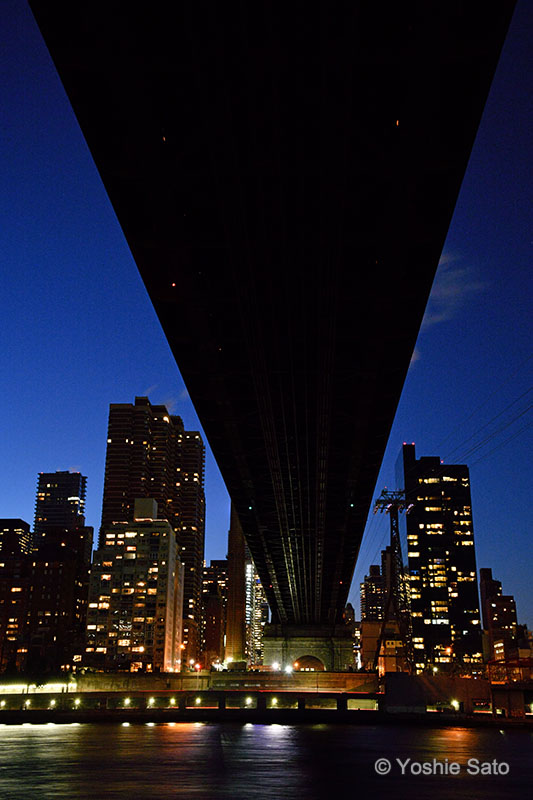Yoshie Sato | Markins Ball Head
AF-S NIKKOR 24-120mm F4G ED VR
XF18-135mmF3.5-5.6 R LM OIS WR
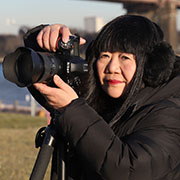
Kanto Headquarters Committee Member of the All Japan Photographic Association
Head of a women-only photography class
Head of Marunouchi Photography Class
Nikon College instructor
Panasonic LUMIX PicMate Club instructor
Photography class instructor and judge for various photo contests
- 2015 "X-NY" Gallery X・Roppongi/Fujifilm Square
- 2016 "NEW YORK - The World of X" Fuji Photo Gallery, Ginza
- 2017 "NIKKO~When we met~" Panasonic Lumix Pic Mate Gallery・Marunouchi
- 2004 "Holidays in New York" (Asahi Shimbun)
- 2017 "European Glitter" (Ginga Publishing Co., Ltd.)
I was born in a photo shop in Roppongi, and my parents both ran amateur photography clubs while they were still active in photography, so I was given a camera from the time I was old enough to understand, and my playground was the darkroom, and family trips were photo sessions.
We had a variety of cameras in our home, including a Bess single-lens camera, a Rolleiflex, a Makina, a Nikomat, a Canonet, and a Leica, and I was free to use them.
In high school and college, I was in the photography club and had a Leica M3, but it was a better camera than the advisor's, and I thought that this was not good, so I was given my first SLR camera, a Pentax SP. Around this time, my father told me to help out at the shop when I graduated from high school, so I didn't want to do that and went to college.
I liked painting, so I majored in oil painting at Joshibi Junior College of Art and Design. At that time, I was aiming to become a painter and was running a children's art class. Then, my father told me to help out at the shop when I graduated from college, so I didn't want to do that and got married as a student before I turned 20.
My husband is a big fan of photography, and his wedding ring was a Leica M4. It was his favorite camera during his busy days raising his children, and when they were in elementary school, he was in charge of taking photos for their graduation albums as the photographer.
In the end, we had a lot of camera equipment close by until we became professionals, and looking back, I think we were in a very fortunate environment for photography. When the raising of children had settled down a bit, my mother fell ill and I had to help out with the photography business at my parents' house. After she passed away, I took over the photography class for women, which she had been active in during her lifetime, and continued to teach photography. This was during the heyday of film.
I started to find photography work, which I had initially disliked, more and more interesting, and began taking photos seriously, but when I was having trouble deciding on a theme, I was invited to New York by a photographer friend who had moved there. I was captivated by the sense of fulfillment of being able to take my time taking photos away from my busy days, and the charm of the city of New York, and I continued to return there many times after that.
Then, a few years later, I put together a solo exhibition of my New York work, which led to me receiving requests for photography work. By that time, the number of graduates from my all-female photography class had exceeded 2,000.
Nowadays, I often travel to various places both domestically and internationally to teach photography, but New York is the only place I visit every year to take photos, as if it were my hometown, and as a private time. New York is a mysterious city where you can find fresh subjects no matter how many times you visit.
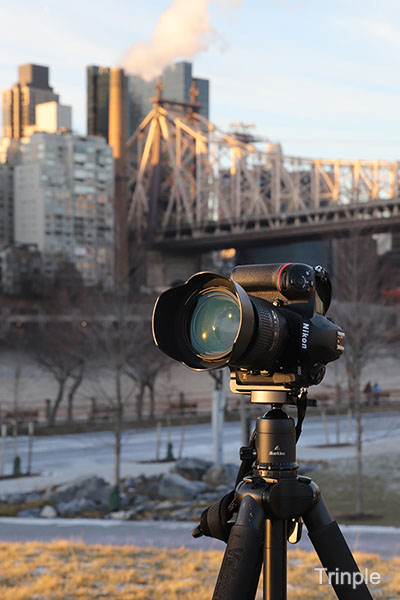
I often have the opportunity to take a wide range of photos, including snapshots, animals, night scenes, buildings, and natural scenery, and I always bring a tripod with me when I'm shooting. I've been drawn to the charm of the city of New York, which is one of my themes, and I particularly value taking photos at times when the light is beautiful, such as sunrises, sunsets, and night scenes.
Although high-sensitivity image quality has improved and it is now possible to take photos handheld, I still want to use a tripod to take beautiful photos.
The Markins ball head Q3iQ-BK is compact yet has a high load capacity, and the braking force after locking is high, so the camera does not tilt suddenly.
I especially like the L plate, which is easy to attach to the ball head, and the stability when shooting vertically is excellent. It is an excellent product that can be used with confidence even with a slow shutter. I also think that it is excellent in that you can insert and remove cards and batteries and connect cables without any problems.
Actually, I came across Markins by chance when I was wondering if there was a more stable head, but that encounter was by chance.
Because of my job, I have to move around with many different cameras, but I'm at an age where I feel that photography equipment is heavy, so I've been going out to shoot more and more with a slightly lighter tripod.
There's no problem with horizontal images, but when I turn the camera vertically, the center of gravity shifts and the balance becomes unstable with a slightly lighter tripod, so I sometimes can't immediately get the best position when shooting vertical images.
So, when I was wondering if there was a way to shoot with a better balance when shooting vertical images, a photographer I know who uses Markins happened to visit my office.
I ended up trying out Markins by chance.
I've used many tripods and heads, from large to small, up until now. I've bought ball heads many times, and although they're fine when they're new, after a while of continued use, they start to stop poorly, and before you know it, your camera is tilted. I've been using 2-way heads with pan bars for the past few years, thinking they would stop more firmly. I'd completely moved away from ball heads, but when I got my hands on the Markins ball head, I was impressed by the two major points: it was firmly fixed by simply tightening the knob lightly, and the fact that the horizontal and vertical images could be changed with one touch while keeping the camera stable, and especially the fact that the vertical image could be shot with a stable balance. I thought this was a wonderful piece of equipment.
So I immediately decided that this was what I was looking for, and ordered the Markins ball head, Nikon D850 L-plate, and general-purpose L-plate on the spot.
I'd never even heard of Markins before, but I'm glad I encountered them before this shoot in New York.
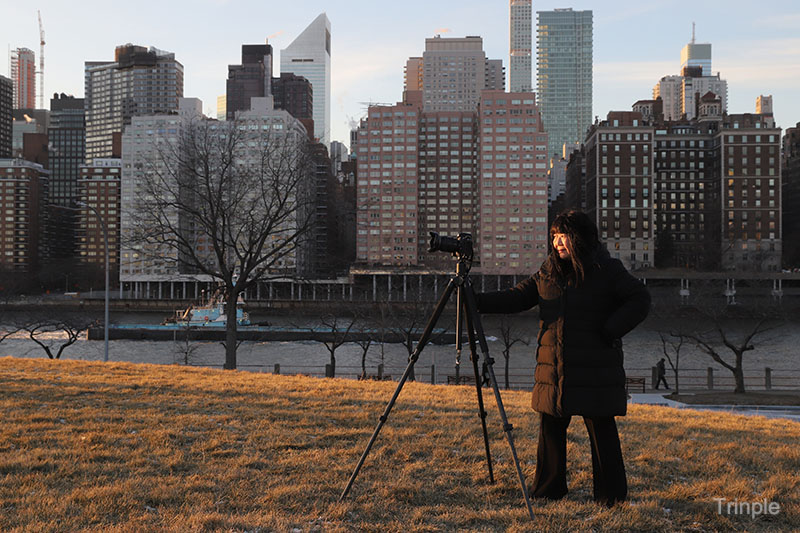
F11 1/750 s -0.67EV ISO200 AWB
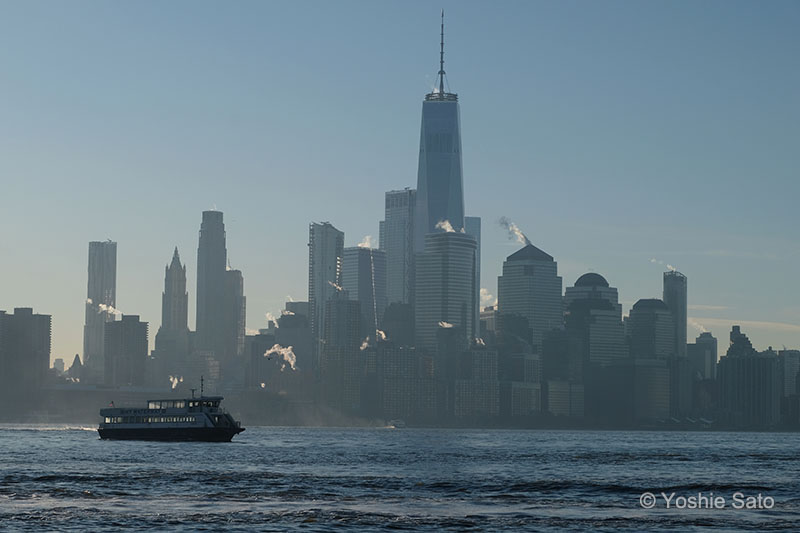
F11 1/2 s -1.33EV ISO200
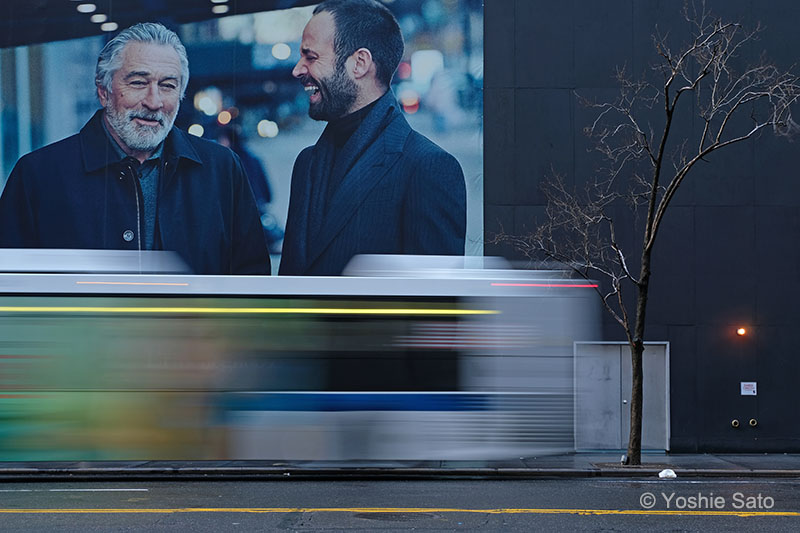
F8 1/60 s -0.67EV ISO1600 AWB
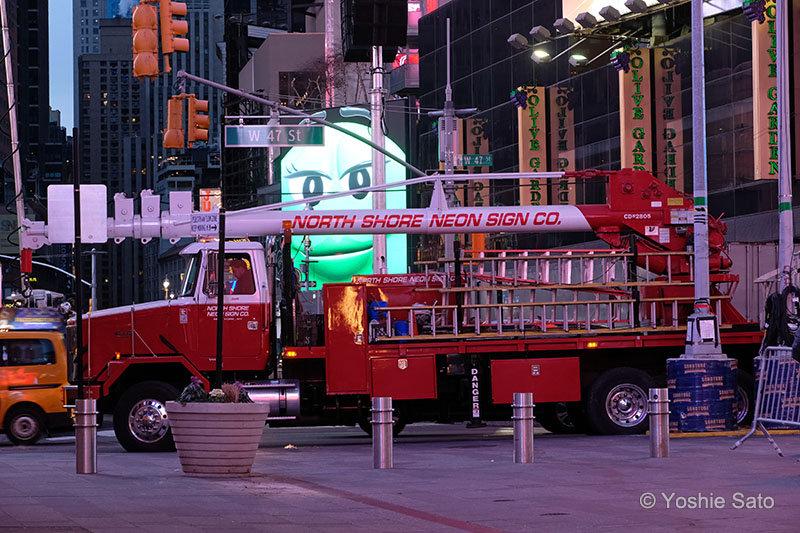
F11 1.5 s -2EV ISO800 AWB
